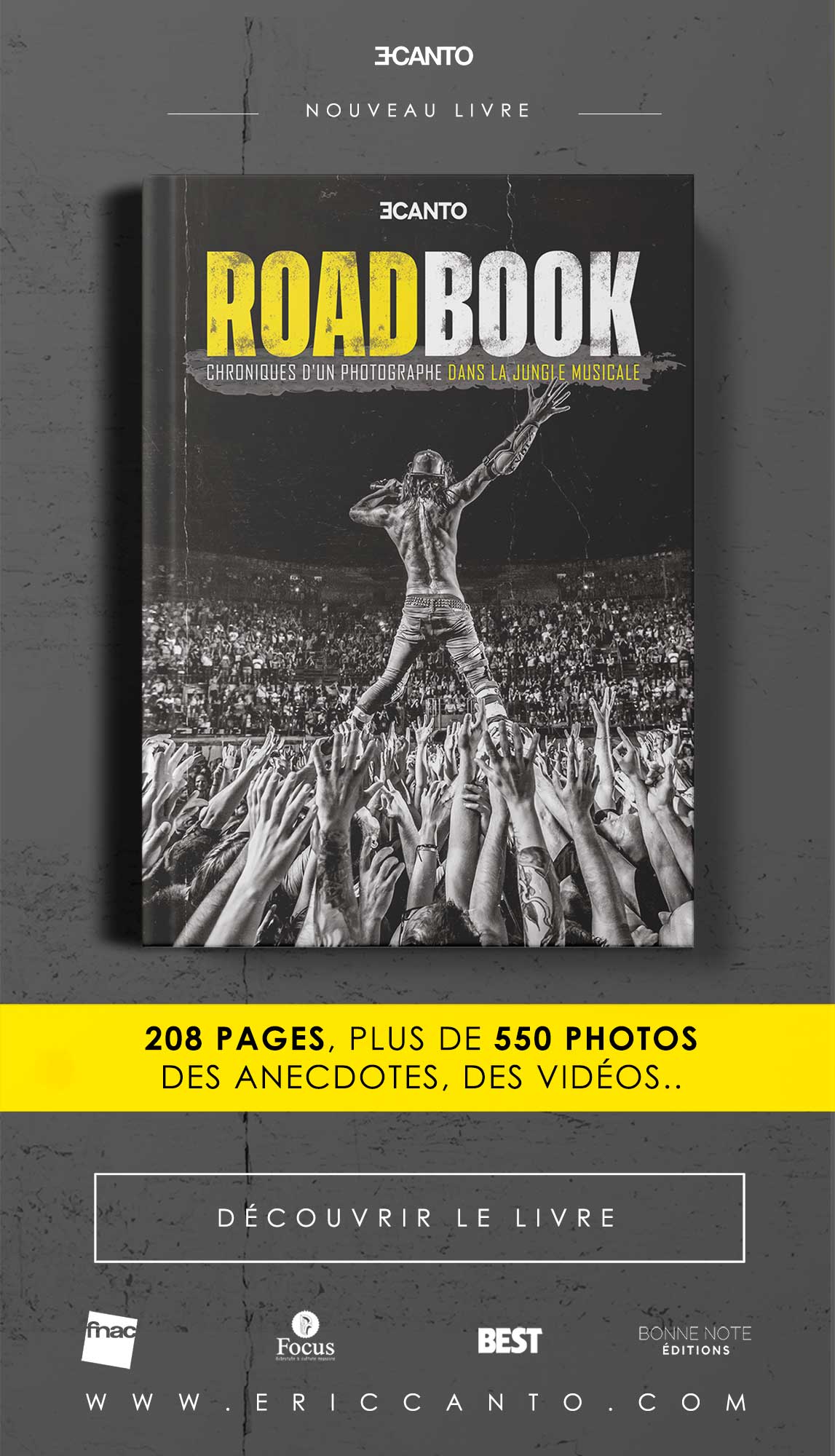La photo, c’est avec une image obtenue à l’aide d’une chambre noire au terme de plusieurs heures de pose et fixée sur une simple plaque enduite de bitume de Judée que débute, en 1827, l’âge de la photographie. Depuis, ce sont plus de cinq milliards d’images qui, d’après des statistiques officielles, sont développées chaque année rien que dans les grands laboratoires allemands.
Nous vivons, c’est évident, à l’ère des technologies de l’image. Cinéma et télévision, vidéo et technologies numériques, toutes ces images cherchent à accaparer l’attention en essayant de nous séduire, de nous manipuler, de nous érotiser et parfois aussi, de nous informer. A tel point qu’on peut parler d’un véritable déluge d’images, ce qui peut paraître menaçant mais plus fondamentalement, renvoie à un problème d’ordre phénoménologique : Quel est notre comportement face à toutes ces images ?
Comment se fait notre sélection ? Qu’est-ce que nous percevons encore au juste ? Et qu’est-ce qui a des chances d’accéder à la mémoire iconographique collective ?

En réalité, nous vivons actuellement une situation paradoxale. Tandis que l’ analogique « classique avec les territoires qui lui sont communément attachés comme par exemple le photojournalisme, est en perte de vitesse, la photographie traditionnelle, elle, fait de plus en plus l’objet d’un discours officiel. Sa présence dans des galeries d’art et des musées, dans des salons ou à des ventes est devenue quelque chose de naturel.
Comme si elle s’était résorbée d’elle-même, la question de savoir si des photos sont des œuvres d’art ne se pose plus. Payer de grosses sommes en dollars pour des images-clés de l’histoire de la photographie, mais aussi pour des travaux d’artistes photographes contemporains, n’est plus chose rare depuis longtemps. Une jeune génération a découvert dans la photographie ce qui auparavant était considéré par les investisseurs comme des antiquités.
La photographie a avancé en âge et en même temps, elle est devenue plus actuelle que jamais. En sa qualité de médium de type plutôt contemplatif, elle a trouvé un nouvel emploi porteur d’avenir.

C’est en ce sens que le médiologue Norbert Bolz parle d’une « grande image silencieuse » qui, à l’heure du déferlement de données électroniques, permet en quelque sorte de faire halte. Là où la télévision, la vidéo ou internet génèrent un bruissement visuel, seule l’image photographique traditionnelle a, en tant que « triomphe de l’abstraction », la force de s’incruster dans notre mémoire, de susciter en quelque sorte le souvenir.
Avec son exposition « images mentales », Michael Schirner en a donné, au milieu des années 80, la preuve par l’exemple. N’y figuraient que des carrés noirs dans lesquels étaient impressionnées, en négatif, quelques lignes de texte. Willy Brandt agenouillé devant le monument des héros du ghetto de Varsovie », pouvait-on ainsi lire. Ou encore « L’empreinte du pied du premier homme ayant marché sur la lune ».
La photographie, comme l’a résumé Horst Wackerbarth, serait le seul genre capable de dépasser le niveau, populaire, de la surface visible et celui, élitiste, de la vision première, pour agir, de façon subtile, plus en profondeur».
La définition du huitième art :
Eric Canto, photographe de festival, concert et portraits artistes :
Eric Canto est photographe de concert et festival depuis de nombreuses années. Il a eu l’occasion de réaliser des photographies pour de nombreux artistes connus, avec par exemple la cover de l’album « Hellfest » de Mass Hysteria. Découvrez son travail :
Découvrir le Porfolio du photographe / Visiter le shop / Visiter le Blog / En savoir plus sur le photographe / Contact

